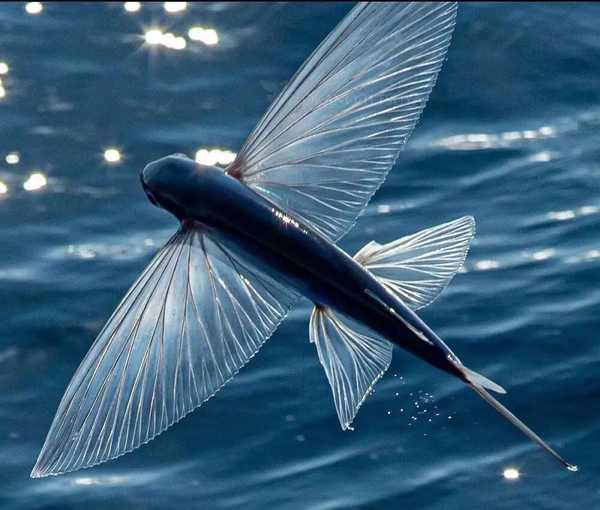Uncovering Ancient China Through The Classic of Mountains and Seas
The Classic of Mountains and Seas, an ancient Chinese text, has long been considered mythological. However, recent archaeological discoveries and research reveal its significant historical and geographical accuracy, documenting early Chinese civilization’s understanding of their world.

The Classic of Mountains and Seas (Shanhaijing) stands as one of humanity’s earliest and most comprehensive geographical surveys. Once dismissed as purely mythological, this ancient Chinese text is now recognized as a valuable record of early Chinese civilization’s understanding of their natural world and beyond.
Archaeological evidence increasingly validates many of the text’s descriptions. For instance, the “flying fish” detailed in the Classic closely matches warm-water flying fish species known today. The text’s description of what it calls a “bat” corresponds precisely to modern gliding rodents found across Eurasia and North America. Even its account of the parrot, complete with “human face and bird beak,” demonstrates ancient Chinese awareness of species far beyond their immediate surroundings.
Perhaps most remarkably, American geographer Henriette Mertz discovered that the Classic’s descriptions of mountain ranges in its “Eastern Mountains” section accurately mapped to four mountain chains in North America. This raises intriguing questions about ancient Chinese geographical knowledge and exploration capabilities some 4,000 years ago.
The text’s geographical precision extends to China itself. Its detailed documentation of mountains, rivers, and natural resources aligns with modern locations. The “Nine Provinces” described in the text correspond to verifiable ancient administrative regions, while specific mountains mentioned, such as the Huirongshan, Taixingshan, and Kunlunshan, are identifiable in modern Zhejiang, Hebei, and Xinjiang respectively.
Beyond geography, the Classic serves as an invaluable record of ancient Chinese biodiversity. It meticulously documents hundreds of species of mammals, birds, plants, aquatic life, and minerals, including detailed descriptions of their characteristics, behaviors, and uses. This encyclopedic coverage has helped modern researchers understand historical species distribution and environmental changes in East Asia.
The text’s influence extends into contemporary culture. Its fantastic creatures have inspired numerous artistic works, from Marvel’s “Shang-Chi” to “Fantastic Beasts” and “Harry Potter.” Modern Chinese artists continue to draw inspiration from its vivid descriptions, creating everything from jewelry designs to large-scale sculptures based on its mythical creatures.
Recent archaeological discoveries continue to validate the Classic’s accounts. Bronze trees unearthed at the Sanxingdui site in Sichuan province mirror the description of the divine tree in the text. Rock paintings of one-eyed giants found in Ningxia’s Helan Mountains correspond to the text’s descriptions of cyclopean beings.
As we continue to uncover more archaeological evidence, the Classic of Mountains and Seas increasingly emerges not merely as a collection of myths, but as a sophisticated ancient record of geographical, biological, and cultural knowledge. It stands as testament to the remarkable observational and documentation capabilities of ancient Chinese civilization.
This ancient text reminds us that our ancestors were far more knowledgeable about their world than we often assume, and that what appears mythological to one generation may contain profound truths waiting to be rediscovered by another.